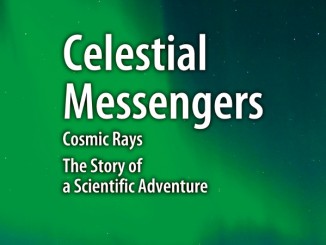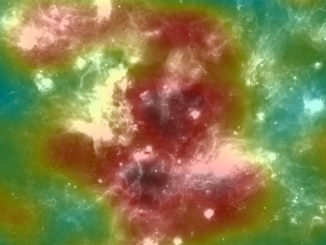
Cosmic Rays



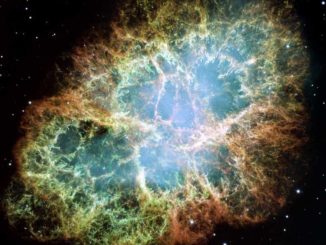
Station-bound instrument to open new chapter in the story of cosmic rays
Physicists are gearing up to send a re-engineered science instrument originally designed for lofty balloon flights high in Earth’s atmosphere to the International Space Station next week to broaden their knowledge of cosmic rays, subatomic particles traveling on intergalactic routes that could hold the key to unlocking mysteries about supernovas, black holes, pulsars and dark matter.
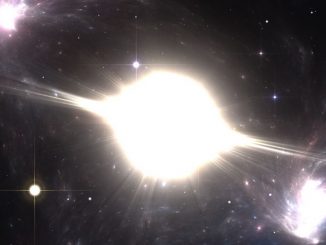
Did a low-mass supernova trigger formation of solar system?
About 4.6 billion years ago, a cloud of gas and dust that eventually formed our solar system was disturbed. The ensuing gravitational collapse formed the proto-Sun with a surrounding disc where the planets were born. Now, forensic evidence from meteorites provides conclusive evidence that a low-mass supernova was the trigger.
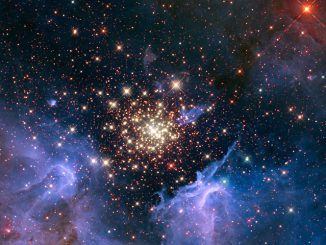
Radioactive ‘timers’ reveal likely source of galactic cosmic rays
Most of the cosmic rays arriving at Earth from our galaxy come from nearby clusters of massive stars, according to new observations from NASA’s Advanced Composition Explorer (ACE) spacecraft. But the detection of a few radioactive cosmic-ray iron nuclei also indicates that there has been a supernova in our galactic neighbourhood within the last few million years.
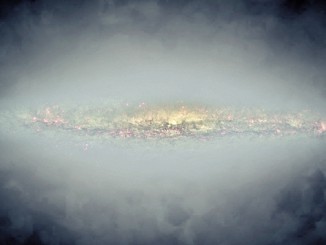
VLA reveals spectacular “haloes” of spiral galaxies
An international team of astronomers used the Karl G. Jansky Very Large Array (VLA) to investigate 35 edge-on spiral galaxies at distances from 11 million to 137 million light-years from Earth. The study has revealed that “haloes” of cosmic rays and magnetic fields above and below the galaxies’ discs are much more common than previously thought.
